When purchasing a stun gun, consider power output, probe length, safety features, and legal frameworks to ensure effective and safe use. Key factors influencing paralysis duration include current intensity, probe placement, environmental conditions, and device design, resulting in varying immobilization periods. Prioritize safety with models featuring automatic shut-off, low-profile designs, and safety locks, alongside comprehensive manuals and training for responsible use. Always check local laws and understand range limitations to minimize risks while enhancing self-defense capabilities.
“Paralyzing situations demand swift, responsible action. Understanding the duration of paralysis from Taser deployment is crucial, as it can significantly impact outcomes. This article delves into the factors influencing how long individuals remain immobilized after a stun gun’s activation, offering insights on what to look for when buying stun guns and emphasizing legal considerations.
We explore the science behind Taser effects, the role of environmental conditions, individual physiology, and more. Additionally, we guide readers through evaluating product claims, ensuring safe ownership, and the importance of proper training.”
- Understanding Taser Deployment and Its Effects
- Factors Influencing Paralysis Duration
- Legal Considerations and Stun Gun Purchase
- Evaluating Product Claims: What to Ask Manufacturers
- Safety Measures and Training for Responsible Ownership
Understanding Taser Deployment and Its Effects
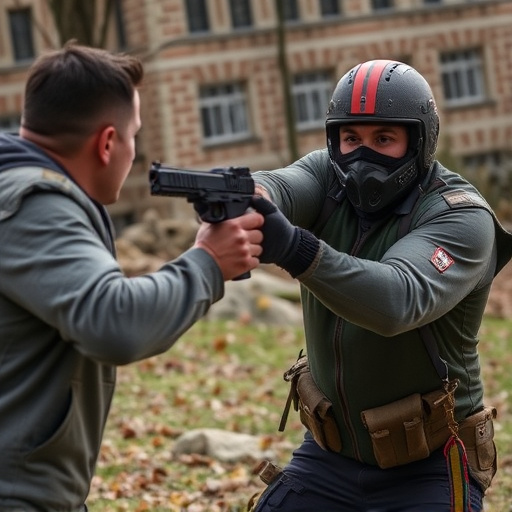
Taser deployment is a complex process that involves the discharge of an electrical current through two probe wires into a target’s body, temporarily paralyzing them. The duration of this paralysis can vary significantly depending on various factors, including the model of Taser used and the physical characteristics of the individual being targeted. When purchasing a stun gun, or Taser, understanding these effects is crucial for making informed decisions. Consumers should focus on what to look for when buying stun guns, such as power output, probe length, and safety features, to ensure they are equipped with a device that can subdue individuals effectively while minimizing potential harm.
The impact of a Taser deployment extends beyond the initial shock, as the paralysis can last from several seconds to up to 5 minutes or more in some cases. This duration is influenced by the Taser’s settings and the target’s muscle mass, with larger individuals potentially experiencing longer periods of immobilization. It’s essential for users to be aware of these effects to ensure safe and effective use, especially in high-stress situations.
Factors Influencing Paralysis Duration
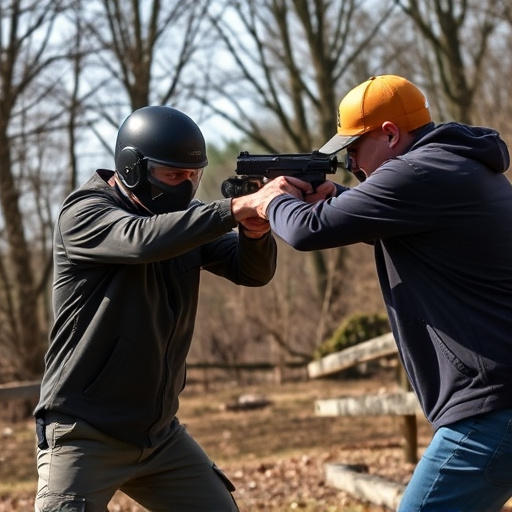
The duration of paralysis caused by a taser deployment can vary significantly based on several factors. When considering what to look for when buying stun guns, understanding these influences is crucial. The primary determinant is the electrical current’s intensity and delivery. Higher voltage levels can result in longer periods of immobilization, typically ranging from 15 to 60 seconds, depending on the device’s design and the target’s physical characteristics.
Additionally, the taser’s probe placement plays a vital role. Contacting nerve bundles or muscle groups can initiate stronger responses, prolonging paralysis. Environmental conditions, such as temperature and humidity, might also indirectly affect the duration. Moisture can impact the electrical conductivity of the skin, while extreme temperatures can alter the body’s natural response to shock, potentially altering the perceived length of immobilization.
Legal Considerations and Stun Gun Purchase
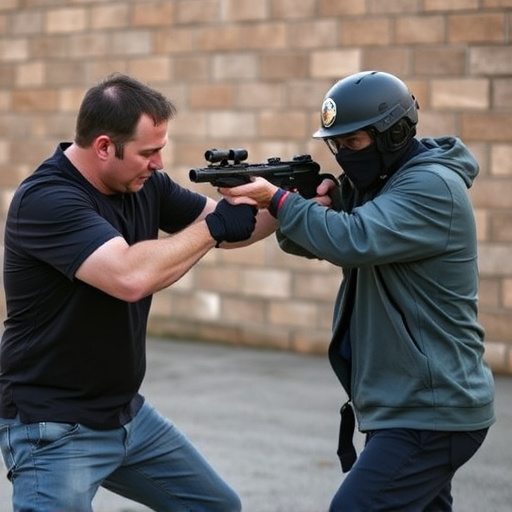
When considering the purchase of a stun gun, there are several legal factors to keep in mind. Different regions have varying laws and regulations regarding the ownership and use of such devices. It’s crucial to research and understand the specific legal implications in your area before making a purchase. Some areas may require permits or registrations, while others might restrict the power output or size of stun guns. Staying informed about these regulations is essential to avoid legal consequences.
When looking to buy a stun gun, there are several key aspects to consider. Focus on models that offer a balanced combination of power and safety features. Check for certifications ensuring the device’s effectiveness and quality. Additionally, look for products with user-friendly designs, as ease of use can be critical in high-stress situations. Always opt for reputable brands known for their commitment to safety standards and customer satisfaction.
Evaluating Product Claims: What to Ask Manufacturers
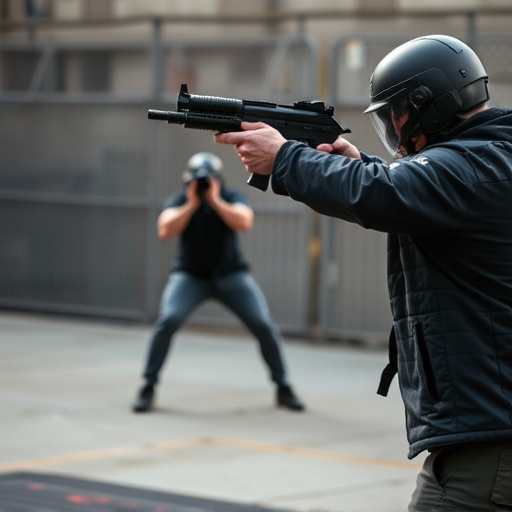
When evaluating a stun gun’s effectiveness, particularly regarding paralysis duration after deployment, it’s crucial to question manufacturers about key performance indicators (KPIs). What to look for when buying stun guns includes understanding the specific metrics they use to measure outcomes. Ask about the average immobilization time—how long their devices claim to render a target unconscious or immobilized—and request data supporting these claims. Additionally, inquire about the device’s power output in joules; higher values often correspond with more intense shocks and potentially longer paralysis durations.
Beyond specifications, consider asking manufacturers how they test their products’ performance. Reputable companies should provide detailed information on their testing protocols, including controlled environments, subject sizes and health conditions, and any variables that might impact outcome reliability. Transparent data sharing is a strong indicator of product quality and safety; it’s essential when buying stun guns to ensure you’re making an informed decision based on verifiable evidence.
Safety Measures and Training for Responsible Ownership
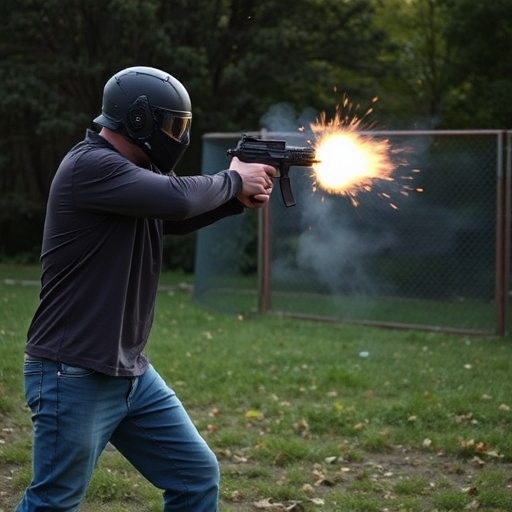
When considering the purchase of a stun gun, it’s crucial to prioritize safety measures and ensure proper training for responsible ownership. Beyond understanding the device’s functionality, buyers should look for features that enhance safety, such as automatic shut-off mechanisms, low-profile designs that reduce the risk of accidental activation, and models equipped with safety locks. These features not only protect the user but also help prevent unwanted discharge, ensuring the stun gun remains a tool for self-defense rather than a source of harm.
Additionally, thorough training is essential. Look for products accompanied by comprehensive instruction manuals and, ideally, access to live or online training sessions. Understanding the proper grip, activation techniques, and safe storage methods is vital. Responsible ownership includes being aware of local laws regarding stun gun possession, understanding range limitations, and practicing responsible use in controlled environments. These measures contribute to effective self-defense while minimizing potential risks associated with deploying a stun gun.
When considering the purchase of a stun gun, it’s crucial to understand the potential consequences, especially regarding paralysis duration. As discussed in this article, several factors can influence how long someone remains paralyzed after a taser deployment. When evaluating products, look for transparent manufacturer claims and independent testing data. Remember that responsible ownership includes proper training and adherence to legal guidelines, ensuring safety for all involved. Always consider the implications of your actions and choose tools wisely based on what you truly need and understand.
